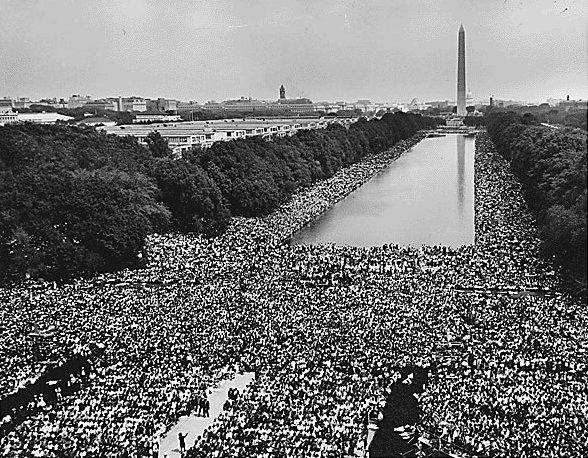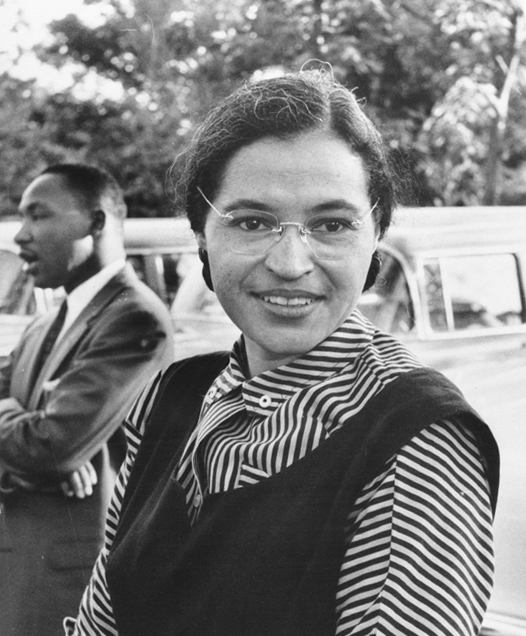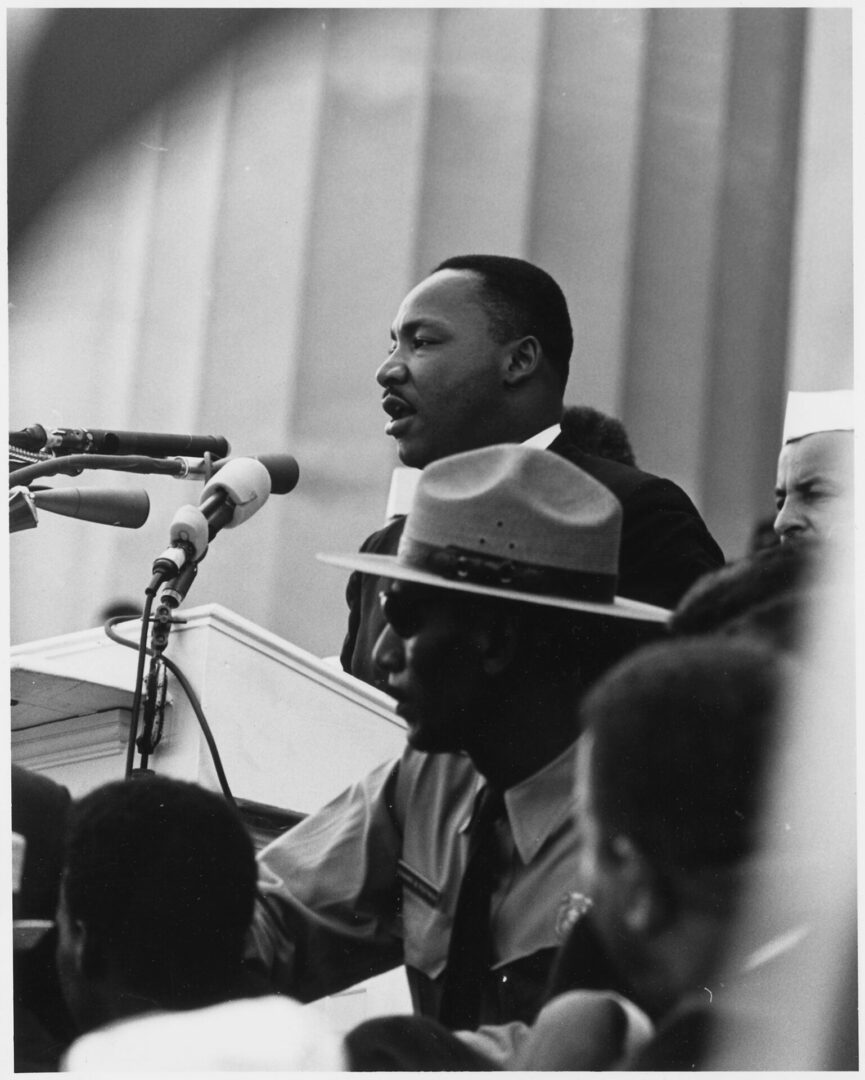"Darkness cannot drive out darkness, only light can do that. Hate cannot drive out hate, only love can do that."
Martin Luther King Jr. (Strength to Love, 1963)Read more:
† 04.04.1968 in Memphis, Tennessee, USA
Nationality at birth: US-American
Nationality at death: US-American
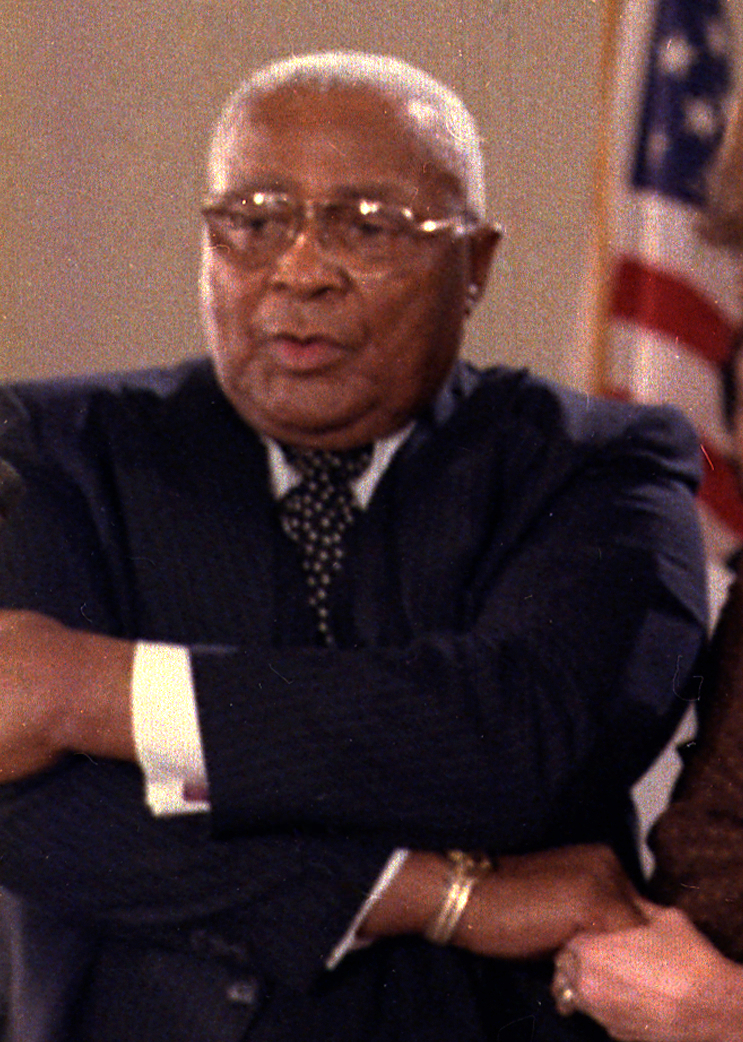 Father
Father
Martin Luther King Sr.
* 19.12.1899† 11.11.1984
Alberta Christine Williams King
* 13.09.1904† 30.06.1974
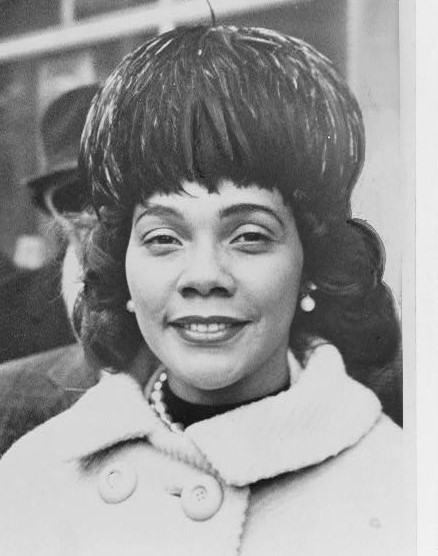 Wife
Wife
Coretta Scott King
* 27.04.1927† 30.01.2006
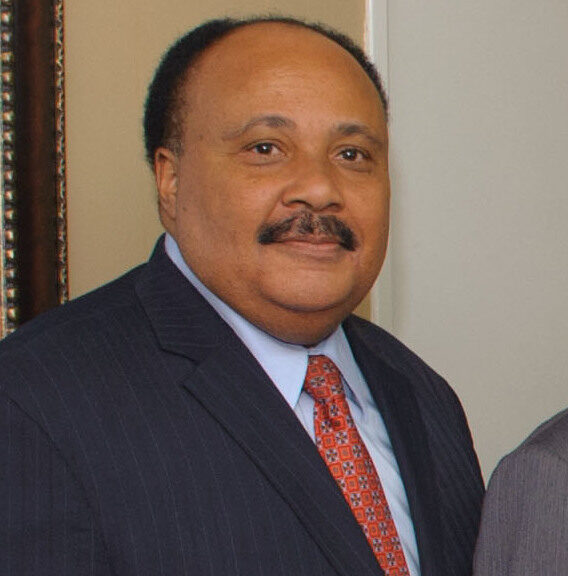 Son
Son
Martin Luther King III
* 23.10.1957Yolanda King
* 17.11.1955† 15.05.2007
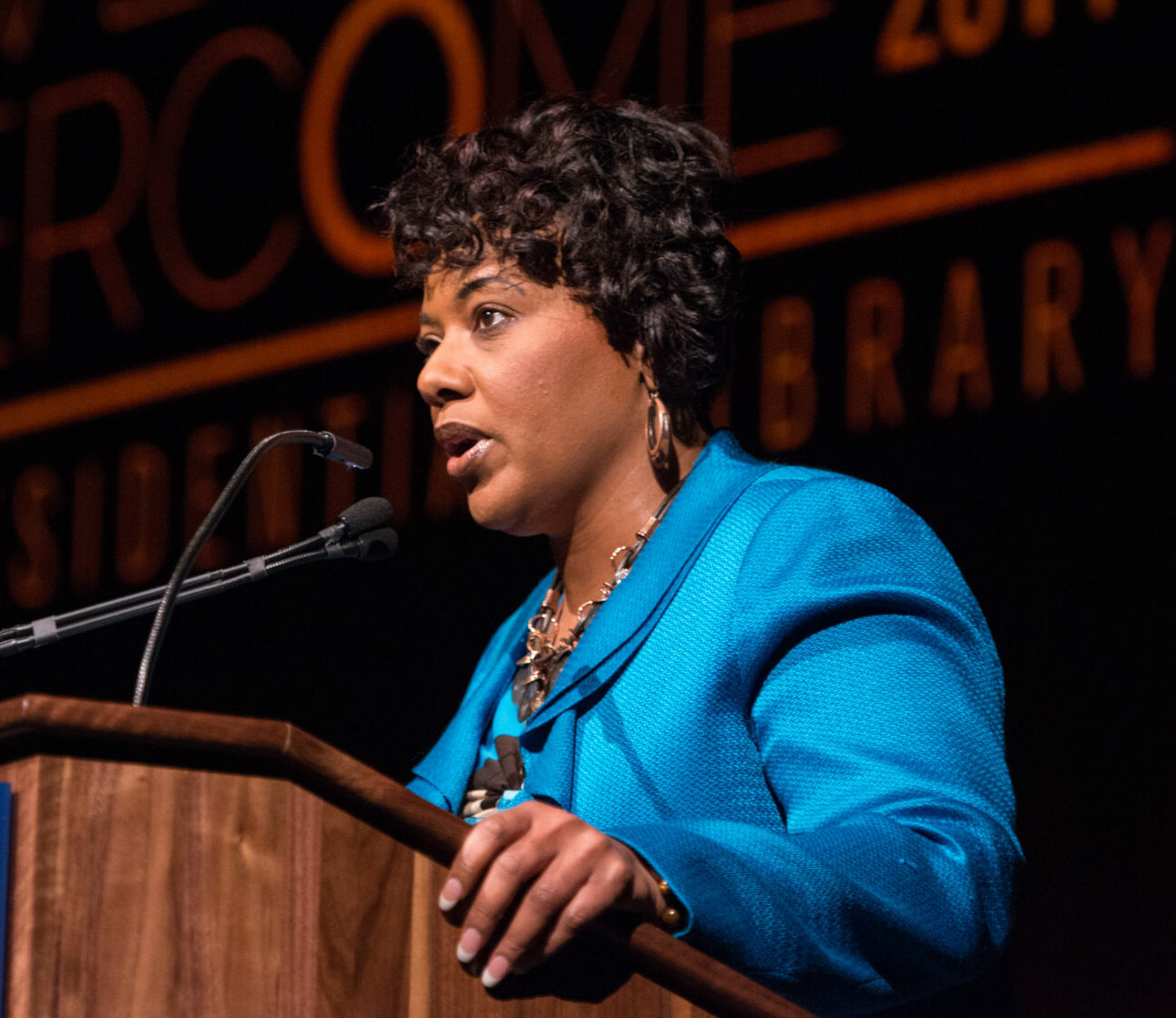 Daughter
Daughter
Bernice Albertine King
* 28.03.1963Dexter Scott King
* 30.01.1961Place of the fight for human rights: Various locations in the USA
| Area | Type | From | To | Location |
|---|---|---|---|---|
| Elementary School | Younge Street Elementary School | |||
| Elementary School | David T. Howard Colored Elementary School | |||
| High School | Booker T. Washington High School | |||
| University | Morehouse College, BA Sociology | |||
| University | Crozer Theological Seminary, BA Theology | |||
| Dissertation | Boston University | |||
| Occupation | Baptist minister |
Reason for entry:
Function / Activity:
Leitmotif
Martin Luther King Jr. is considered one of the best-known resistance fighters of the US Civil Rights Movement. In particular, the civil rights activist campaigned against the legal and actual racial segregation of Black and white people in the USA. He was well-known for his eloquence and insistence on non-violent civil disobedience.
How did the story become known?
Already during Martin Luther King Jr.’s lifetime, his resistance against oppression and segregation received national and international attention. As part of the Montgomery Bus Boycott, King took on a leading role that paved the way for him to become a leading figure in the Civil Rights Movement. In 1963, he gave his most famous speech entitled “I Have a Dream”.
When did the story become known?
1960s
Literature (literature, films, websites etc.)
Branch, Taylor. Parting the Waters, 1988.
—. Pillar of Fire, 1998.
Carson, Clayborne (ed.). The Autobiography of Martin Luther King, Jr., 1986.
—. Martin’s Dream, 2013.
Dyson, Micheal Eric. I May Not Get There With You, 2000.
Garrow, David. Bearing the Cross, 1986.
Jackson, Troy. Becoming King, 2008.
Joseph, Peniel E. The Sword and the Shield, 2020.
King, Coretta Scott King. My Life with Martin Luther King, Jr., 1969.
Margolick, David. The Promise and the Dream, 2018.
Oates, Stephen B. Let the Trumpet Sound, 1982.
Parr, Patrick. The Seminarian, 2018.
Sitkoff, Harvard. King: Pilgrimage to the Mountaintop, 2007.
Smiley, Tavis. Death of a King, 2014.
Own works
King, Martin Luther, Jr. A Testament of Hope, 1986.
—. Where Do We Go From Here, 2001.
Right to life, freedom and security
Equality before the law
To help shape the public order
Right to social security
Right to participate in cultural life, freedom of science and education
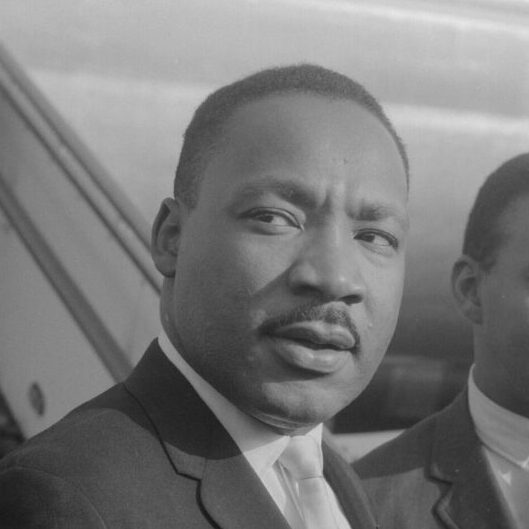
INTRODUCTION
Martin Luther King Jr. was a Black Baptist preacher and civil rights activist who campaigned for equality and freedom for all people. In particular, his method of resistance, namely that of non-violent civil disobedience against the segregation of white and Black people, has gained significant, if not uncontroversial, recognition. His story is an integral part of North America’s past and present and still influences the reception and discussion of historical and current forms of racism – in North America and worldwide.
THE STORY

Image 1: Rosa Parks (taken ca. 1955), Martin Luther King Jr. in the background
Black civil rights activist Rosa Parks’ resistance to segregation on public transportation by refusing to give up her seat on a bus to a white person led to a wave of solidarity among the Black community in Montgomery, Alabama. Even more so following her subsequent arrest. It was during this process of solidarity that Martin Luther King’s public commitment to civil rights began.
From then on, King actively campaigned for the integration of Black people into public transportation. To this end, he contributed significantly to the organization of the ongoing bus boycotts by Black citizens in Montgomery. In addition, he organized non-violent protests to proactively demonstrate against the segregation of Black and white people in public spaces such as transportation. The ongoing boycotts and protests ultimately led to the desegregation of public transportation in Montgomery.
In his ongoing civil rights activism, King productively reconciled his Christian faith with his human rights activism. He was recognized for his commitment early on: in 1957, King was elected president of the Southern Christian Leadership Conference (SCLC), which he co-founded. Members of these organizations also campaigned for equality for Black citizens. King also organized peace marches and other demonstrations against discrimination against Black citizens and campaigned for their right to vote and access to education and jobs. While King’s life and activism were strongly influenced by his Christian faith, he drew considerable inspiration for his own implementation of non-violent resistance from Mahatma Gandhi.
Although the civil disobedience practiced by King was explicitly non-violent, the civil rights activist was repeatedly threatened and even arrested for his activism. During his imprisonment in Birmingham, he wrote his important text “Letter from Birmingham Jail”. In this letter, King defended non-violent protest and civil disobedience as a means of change in favor of universal human rights and underpinned this defense with a biblically based argumentative structure.

Image 2: Martin Luther King jr. during his famous speech “I have a dream”
One of the most famous scenes of King’s activism is the “March on Washington for Jobs and Freedom”, which took place in Washington, D.C. on August 28, 1963. As part of this campaign, King gave what is probably his most famous speech: “I Have a Dream”. In this speech, King, among other things, called for an end to discrimination and a society in which all people are seen and treated as equals, regardless of their skin color.
However, Martin Luther King Jr.’s activism was not welcomed by everyone, which became brutally obvious by his assassination on April 4, 1968 in Memphis, Tennessee. Yet the messages King’s efforts sent during his lifetime continue to resonate after his death. His death was by no means silently accepted; instead, it underpinned further resistance to deadly discrimination in the USA. King’s speeches and contributions to the Civil Rights Movement are still received, interpreted and continually discussed today. As early as 1986, a national holiday was dedicated to the human rights activist to commemorate his legacy as a human rights activist, Martin Luther King Day. The holiday always falls on the third Monday in January.
Even though Martin Luther King Jr. was mainly active in the USA throughout his life, his vision extended beyond its borders. His non-violent use of civil disobedience aimed to bring about a more just world. As such, his legacy is still of global relevance today.
If you want to know more about Martin Luther King Jr. and his activism, you are welcome to join a workshop at the Fritz Bauer Forum on 01.02.2024: https://shop.fritz-bauer-forum.de/produkt/julia-machtenberg-workshop-zu-martin-luther-king-jr/
Author: Julia Machtenberg
Sources:
Martin-Luther-King-Zentrum für Gewaltfreiheit und Zivilcourage e.V.
The Nobel Foundation: “Martin Luther King Jr.”.
Amrehn, Birgit: “Martin Luther King”. Planet Wissen, 2008 (2020).
All sources last retrieved on 02.01.2024.
Images:
- Header: View of the crowd at the March on Washington, 1963. Public domain, U.S. Information Agency, Press and Publications Service. – US National Archives at College Park: NWDNS-306-SSM-4D(80)10
- Portrait: Hugo van Gelderen / Anefo, taken on 15.08.1964, CC0 1.0
- Image 1: Public domain, USIA / National Archives and Records Administration Records of the U.S. Information Agency Record Group 306
- Image 2: Public domain, Rowland Scherman/ National Archives and Records Administration NAID 542069
- Image 3: Public domain, White House Staff Photographers Collection, NLC-WHSP-C-08963-19
- Image 4: Public domain, Herman Hiller / New York World-Telegram & Sun/ Library of Congress
- Image 5: Public domain, US EPA photo by Eric Vance
- Image 6: Public domain, taken by Lauren Gerson
Contact: info@buxus-stiftung.de




